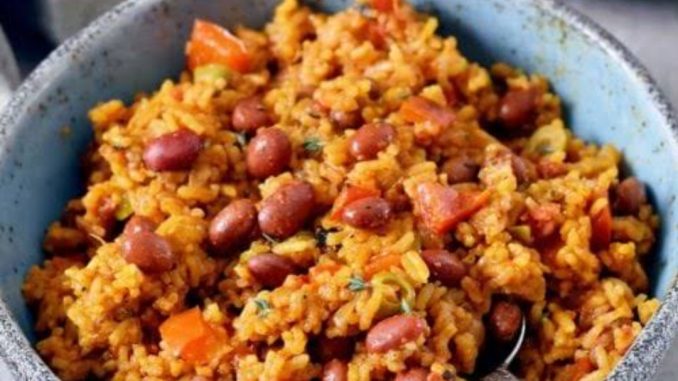
Rice and beans is a delicious food combination that can be found almost in every part of the world. The popularity of this food combo will make one curious to know about the health benefits of rice and beans. The preparation can either be a jellof mixture of the two food items where it’s is garnish with fishes, crayfish, vegetables and other cooking ingredients while other may prefer boiling their own rice and beans separately and then enjoy it with stew or sauce which could also be very nutritious depending on the content of the stew or sauce. In either way, rice and beans has been children’s delight and also the choice of many people that eat out.
Let’s delve into the amazing health benefits of rice and beans, and why this humble combination should be a regular part of your diet.
Health Benefits of Rice and Beans
Below are some of the interesting reasons you can consider incorporating rice and beans combo into your food timetable;
Good Source of Protein
Rice and beans is a complete pack of protein that the body needs. Proteins are made up of amino acids, nine of which are essential because our bodies cannot produce them. While animal-based foods typically provide all essential amino acids, many plant-based foods do not. Rice is low in the amino acid lysine but high in methionine while beans are high in lysine but low in methionine.
When eaten together, they complement each other perfectly, providing all the essential amino acids your body needs to build and repair tissues, make enzymes and hormones, and support overall health. This food combo is really a recommended one for anyone looking to build and repair the body tissues.
Weight Management
One important thing people now look out for while selecting food to eat is weight management but with rice and beans combo, you do not need to worry about weight. The high fiber content in rice and beans can help with weight management by promoting the feeling of fullness and reducing overall calorie intake.
Fiber-rich foods take longer to digest, which means they keep you satisfied for longer periods, reducing the likelihood of overeating or snacking between meals. Additionally, the protein content in beans helps to maintain muscle mass, which is important for maintaining a healthy metabolism.
Blood Sugar Control
Rice and beans combo is also a good choice for managing blood sugar level. This is because beans in particular, have a low glycemic index (GI), which means they cause a slower, steadier rise in blood sugar levels compared to high-GI foods. When combined with rice, especially brown or other whole-grain varieties, the fiber and protein content help to stabilize blood sugar levels, making this meal an excellent option for those with diabetes or insulin resistance.
A Good Source of Vitamins and Minerals
This combination is a rich source of various essential vitamins and minerals that support overall health. Beans, for example, are high in iron, which is crucial for the production of red blood cells and preventing anemia. They also contain folate, a B-vitamin that is especially important for pregnant women, as it helps prevent neural tube defects in developing fetuses.
Rice, particularly brown rice, is rich in B-vitamins like thiamine, niacin, and riboflavin, which are essential for energy production and maintaining a healthy nervous system. Also, both rice and beans provide magnesium, a mineral that supports muscle and nerve function, regulates blood sugar levels, and helps maintain a healthy immune system.
Good for the Heart
Because rice and beans contains no cholesterol and are low in fats, there are considered good for the heart. Unlike many animal-based protein sources, they do not contain saturated fats, which can raise your blood cholesterol levels and increase your risk of heart disease. Instead, the healthy fats found in beans, such as omega-3 and omega-6 fatty acids, support heart health and reduce inflammation in the body.
High Fibre Content
Separately rice and beans are excellent source of dietary fiber, which is essential for maintaining a healthy digestive system. Just as you know, fiber adds bulk to the stool, which helps to prevent constipation and promotes regular bowel movements.
Fibre also feeds the beneficial bacteria in the gut thereby contributing to a healthy microbiome. Additionally, a diet high in fiber can lower your risk of developing heart disease, type 2 diabetes, and certain types of cancer. It can also help with weight management by keeping you feeling full for longer periods.
Source of Antioxidants
Rice and beans are reach sources of antioxidants most especially the darker varieties of beans. They help protect your cells from damage caused by free radicals and may reduce the risk of chronic diseases.
Sustained Energy
Rice, especially whole grain varieties like brown rice provides complex carbohydrates that are digested slowly, sustained energy throughout the day. This helps maintain stable blood sugar levels.
Affordable and Accessible
One of the most practical benefits of rice and beans is their affordability and accessibility. These foods are inexpensive and available in most parts of the world, making them an excellent option for low income individuals and families. Despite their low cost, they offer a high nutritional value, providing a substantial amount of energy and nutrients for the price.
Conclusion
While rice and beans may be simple, they are rich nutritionally and far from ordinary. This popular combination provides complete protein, it’s rich in essential vitamins and minerals and supports overall health in numerous ways. Whether you’re looking for a budget-friendly meal, trying to manage your weight or seeking a heart-healthy option, rice and beans offer a delicious and nutritious solution.
By incorporating this powerful combo into your regular diet, you can enjoy both the health benefits and the culinary versatility that they bring to the table.

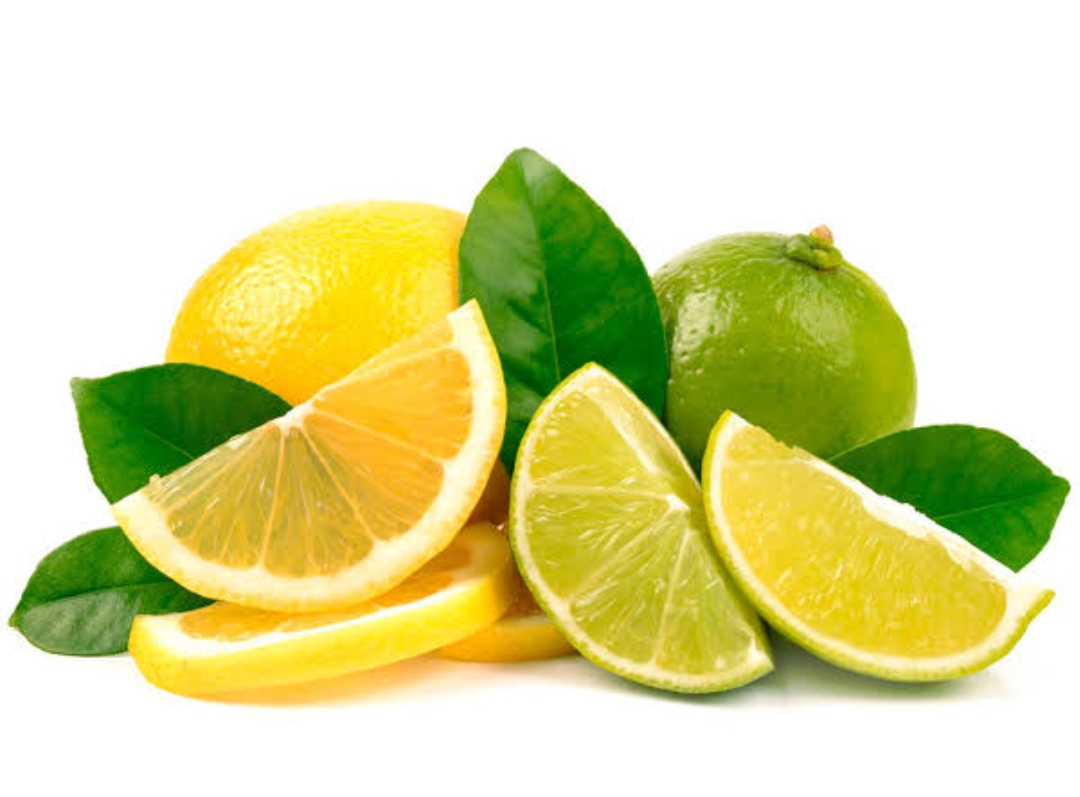

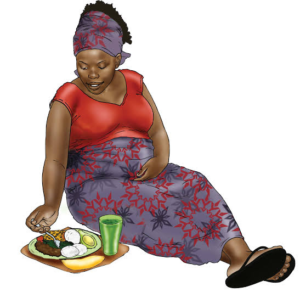

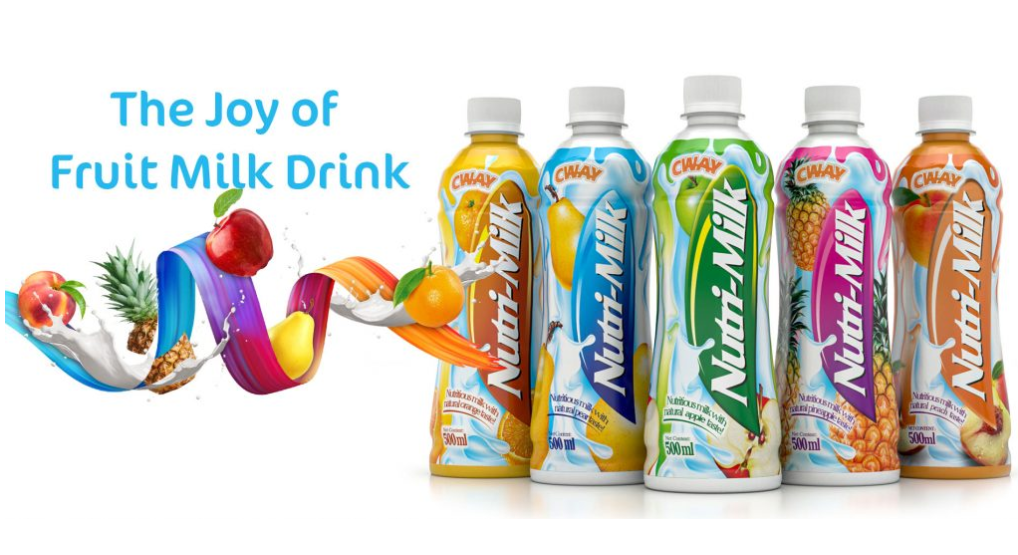
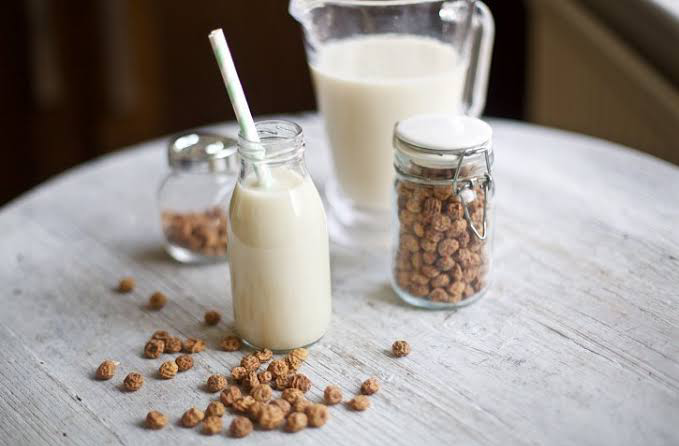
Leave a Reply